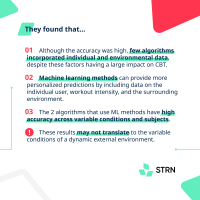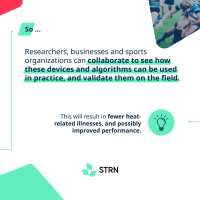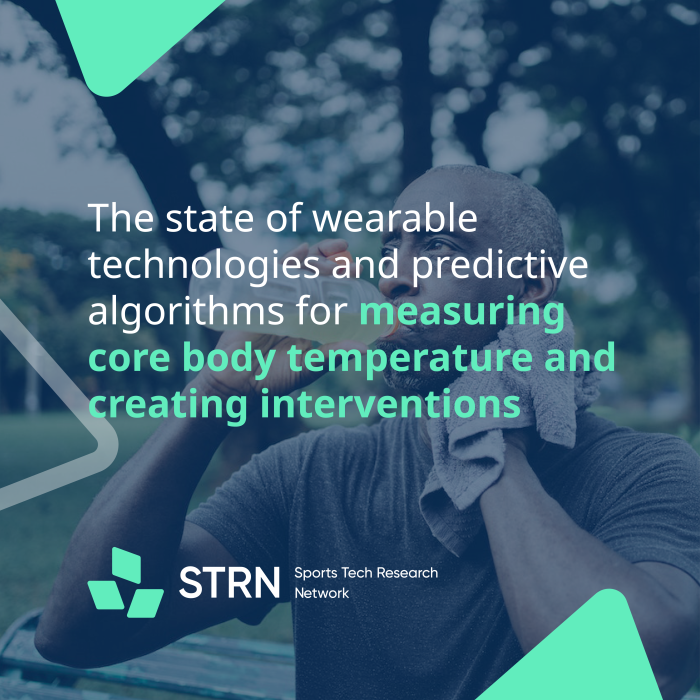A systematic review of wearable sensor technology to predict core body temperature (CBT)
07/12/2022
Share this post

Thousands of people worldwide are affected by heat-related illnesses. Core body temperature (CBT) measurement through wearable devices is shown to predict these illnesses, but what about the efficacy of these wearable technologies?
Let's have a look at the research findings.
There is currently a lack of peer-reviewed literature evaluating the effectiveness of wearable technology and predictive analytics to identify CBT as a preventative measure for heat-related illness. Thus the need arises for a systematic review.
These insights are based on the research of Case Western Reserve University, University Hospitals Cleveland Medical Center, Atrium Health & other institutes. Conor M. Dolson, Ethan R. Harlow, Dhruv R. Seshadri & other researchers published the paper "Wearable Sensor Technology to Predict Core Body Temperature: A Systematic Review" (Full text). Here are the key insights. 👇






For those who like a short text version of the authors' findings, here it is:
Did you know that...
Wearable technologies and predictive algorithms can accurately measure core body temperature (CBT) & predict heat-related illness?
This has been studied by researchers at Case Western Reserve University, University Hospitals Cleveland Medical Center, Atrium Health & other institutes. They have conducted a systematic review of the literature and identified 20 studies that represented 25 different algorithms using wearable technologies.
The result?
Accuracy in prediction was high and 17 algorithms met the clinical validity standards (RMSE less than or equal to 0.5 °C).
They found that:
- Although the accuracy was high, few algorithms incorporated individual and environmental data, despite these factors having a large impact on CBT.
- Machine learning methods can provide more personalized predictions by including data on the individual user, workout intensity, and the surrounding environment.
- The 2 algorithms that use ML methods have high accuracy across variable conditions and subjects.
! These results may not translate to the variable conditions of a dynamic external environment.
So...
Researchers, businesses, and sports organizations can collaborate to see how these devices and algorithms can be used in practice, and validate them on the field.
This will result in fewer heat-related illnesses, and possibly improved performance.
Interested?
Reach out to STRN (as a practitioner, researcher, or R&D professional) and we will connect you with relevant partners.
Comments
There are no comments yet.





